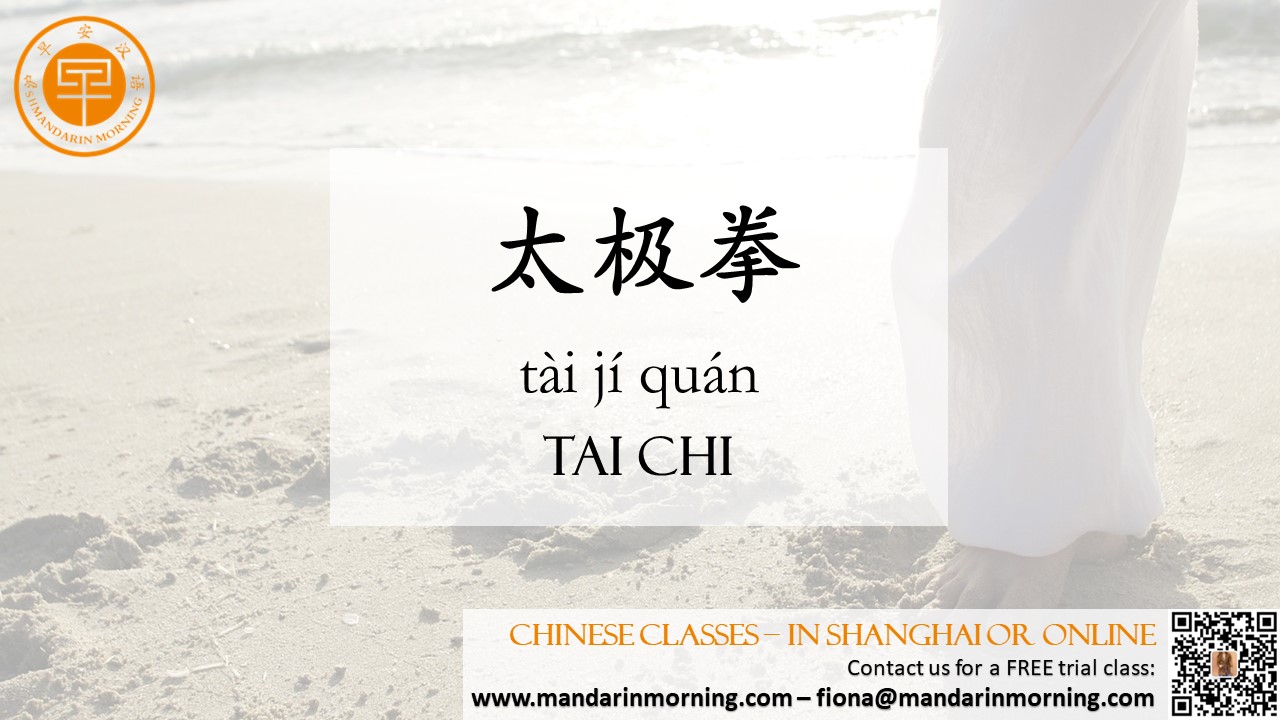Although there are a multitude of different styles of Chinese martial arts, some are more popular than others. Check out the list below to learn about five of the most common and influential styles. 1. Shaolin Kung Fu Shaolin Kung Fu (少林功夫 Shàolín Gōngfū) is one of the most popular styles of Chinese martial arts. It was developed by monks at the Shaolin Temple in Henan Province. The Shaolin Kung Fu style is distinguished by quick, forceful movements and makes use of weapons including spears and, most famously, staffs. Today, there are over 1,000 different sub-styles of Shaolin Kung Fu. Various schools of martial arts in other countries such as Japan also claim their origins can be traced back to the Shaolin style. 2. Wing Chun Wing Chun (咏春 Yǒngchūn) is a southern Chinese kung fu style descended from Shaolin Kung Fu. It has the distinction of having been founded by two women, Ng Mui and Yim Wing-chun. The Wing Chun style is known for placing emphasis on technique rather than strength. This style also calls for practitioners to stay relaxed while fighting, allowing them to achieve a kind of “softness” or flexibility. This relaxed flexibility gives Wing Chun fighters a special kind of strength that allows them to bend, not break, just like bamboo. Ip Man, featured in the eponymous hit film, was a notable modern practitioner of Wing Chun style martial arts. He also taught the Wing Chun style to his student, Bruce Lee, who would go on to act in the beloved Hong Kong kung fu movies that helped make Chinese martial arts famous around the world. 3. Bajiquan Bajiquan (八极拳 bājíquán) is another popular Chinese martial art. It emerged in the 18th century and was originally called Baziquan, or “rake fist,” because of its trademark use of swift downward strikes using partially opened fists. Its current full name is 开门八极拳 (kāimén bājíquán), which can be roughly translated as “open-door fist of the eight extremes.” The “open-door” or “open-gate” part of this name comes from the practice of forcing one’s opponents arms apart in order to strike their body. Bajiquan features rapid, explosive movements including elbow and fist strikes and is considered ideal for short-range combat. As an iconic Chinese martial art, Bajiquan has influenced the pop culture of both China and other countries. It is often featured in Japanese video games, as well as in manga and anime. Bajiquan even makes an appearance in The Matrix and Mortal Kombat: Deadly Alliance. 4. Tai Chi Tai Chi (太极拳 tàijíquán) is the most well-known of the “internal” Chinese martial arts styles. While it is most commonly practiced today as a meditative, gentle form of exercise, it also has its roots in the martial arts and was originally developed as a form of self-defense. Tai Chi is sometimes referred to as “shadow boxing.” Although most people think of Tai Chi as being made up of slow movements, there are several styles which include faster paced elements. Today, Tai Chi is known both within China and around the world for its many scientifically proven health benefits. The renowned Mayo clinic even recommends Tai Chi as a great way to gently reduce stress and anxiety. 5. Baguazhang Like Tai Chi, Baguazhang (八卦掌 bāguàzhǎng) is considered an “internal style” martial art. Its philosophy draws heavily on Taoist concepts like yin and yang and it even takes its name from the Taoist trigrams, or bagua. The most distinctive feature of the Baguazhang style is its use of circle walking. Practitioners move in a circular pattern while performing the various moves associated with this style, which are quite diverse and include a mixture of strikes, throws, kicks and grappling moves. Baguazhang is also known for its use of a diverse array of weapons including distinctive large broadswords. Interestingly, this style is said to be particularly effective when fighting against multiple opponents. |